Autumn has cut our days inexorably short again, and it's probably time to look at some light. Don't cheer prematurely, because I haven't reached the stage of getting a regular cyclluminaire on my handlebars. Riding in my nightgown, with nothing to see but the beam of light, does not impress me. That's why I'm still making do with a light headlamp, and that's what we'll be talking about.
In addition, the Fenix HM51R Ruby headlamp is designed directly for the Czech market. Based on customer feedback and his own experience, Czech dealer Kronium.cz had a headlamp made directly for the Czech Republic. Appreciate it.
500 lumens ….1,3h
150 lumens ….2,8h
30 lumens … …13.3h
3 lumens ……..110h
4 lumens ….30h
Shining/flashing/SOS
Now something to control. A single button on the side of the lantern serves this purpose. A short hold turns on the main white light. A quick double-click lights up red. Subsequently, another squeeze changes the intensity of the light. When disabled, the last selected mode will light up again. There’s an extra battery indicator under the control button. If the lamp is off, you can check the battery with one quick squeeze. Green means more than 85%, green flashes 85-50%, red 50-25%, and red flashes signal less than 25%. Is that squeezing and clicking too much? Not really, two minutes to play and you’re clear.
Last up is the strap. This is perforated and wide enough to keep the lamp in place even when running. Fortunately, it’s long enough to go over a helmet. The bonus is the reflective elements all around the perimeter. There’s probably nothing more to say.
Airborne aluminium body
IP68
Single-use battery option
I found nothing major

Price
1699 Kč

Weight
82 g

Material
Al
 1699 Kč
1699 Kč 82 g
82 g Al
Al

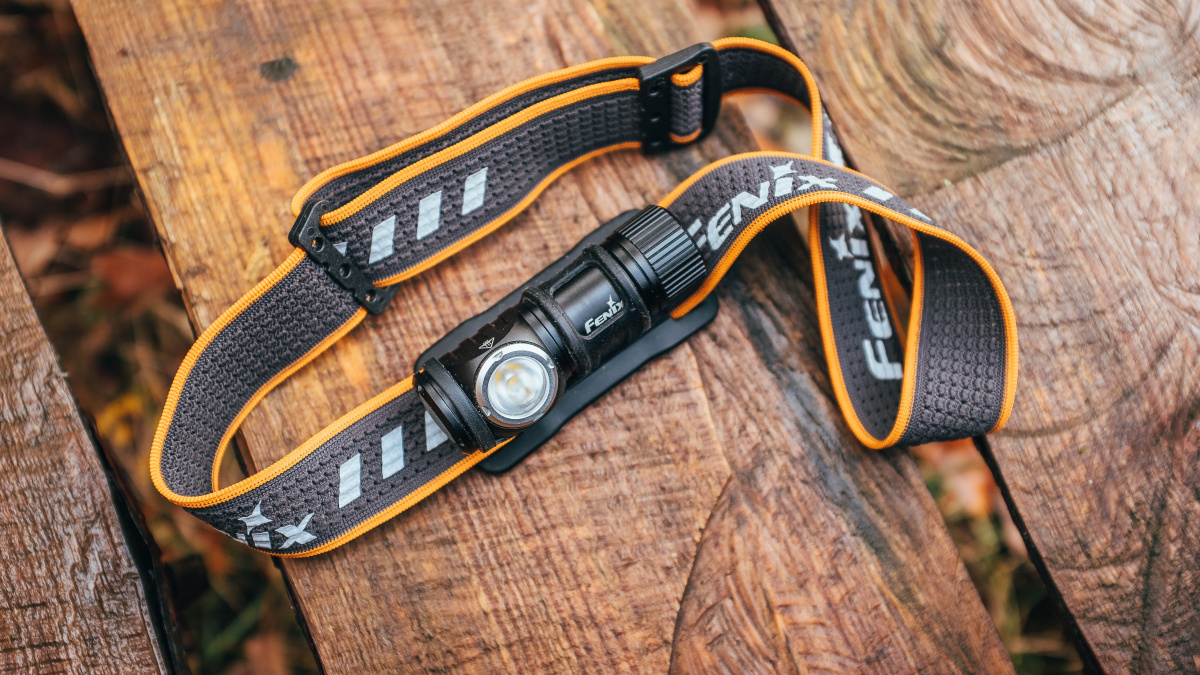
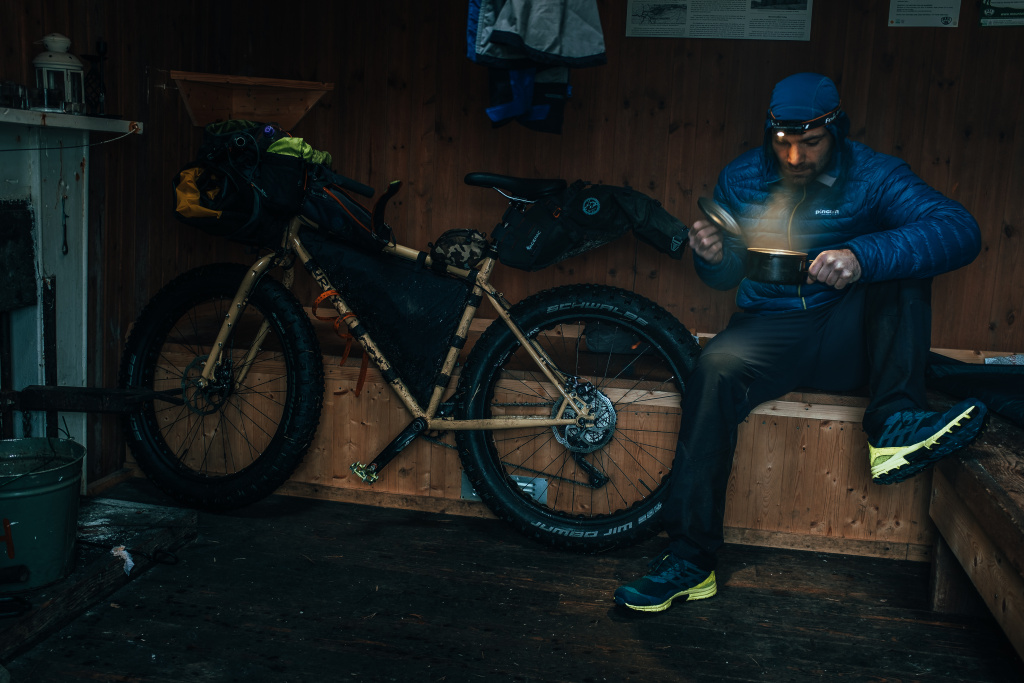
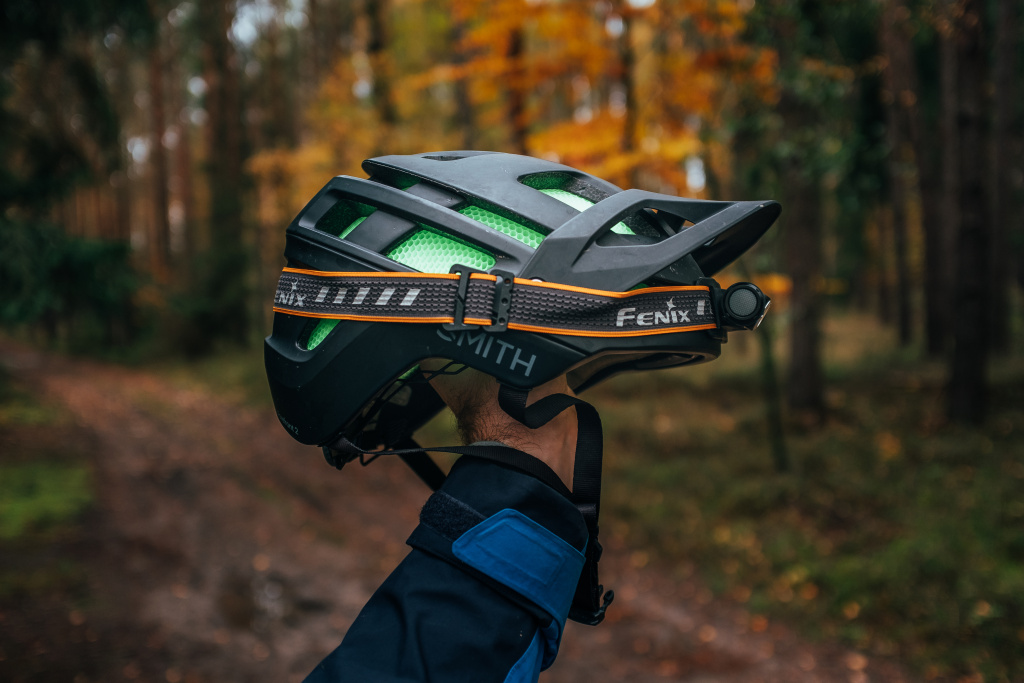
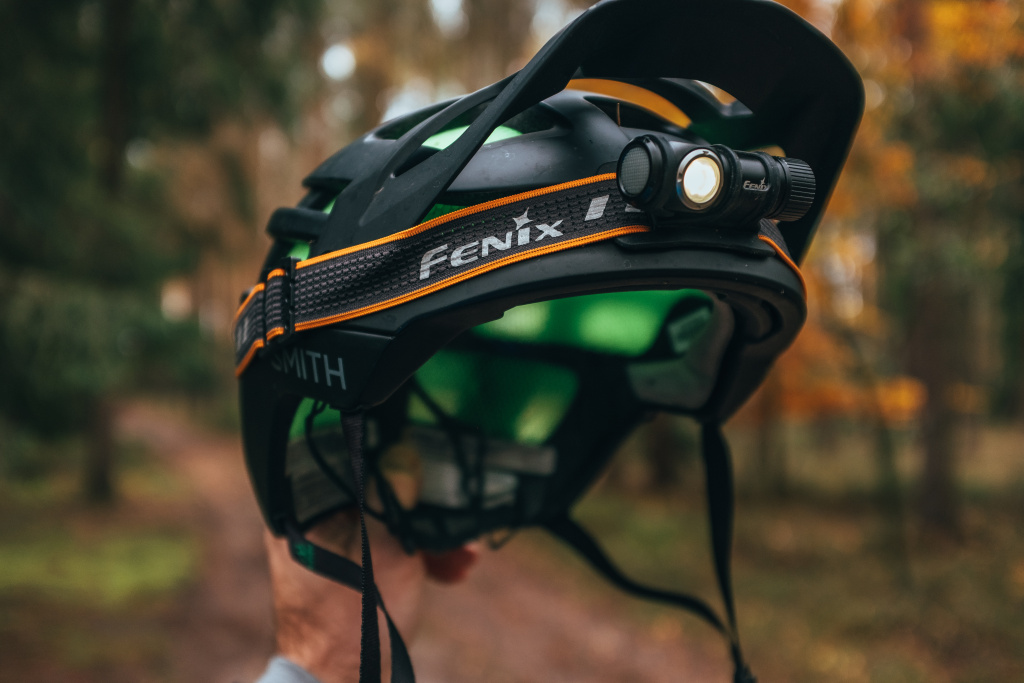
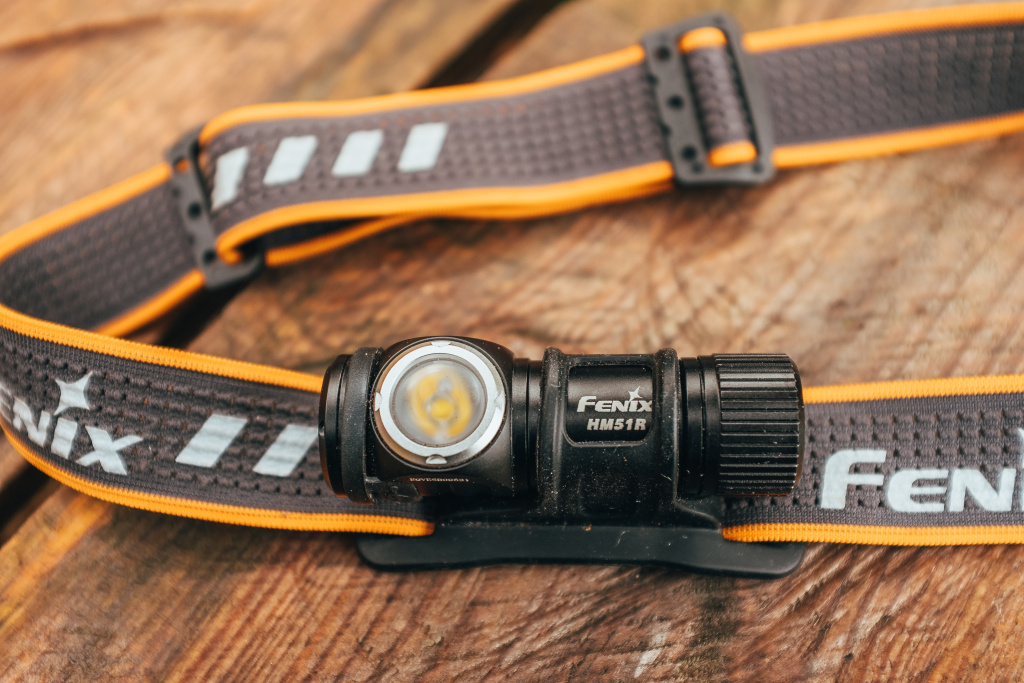
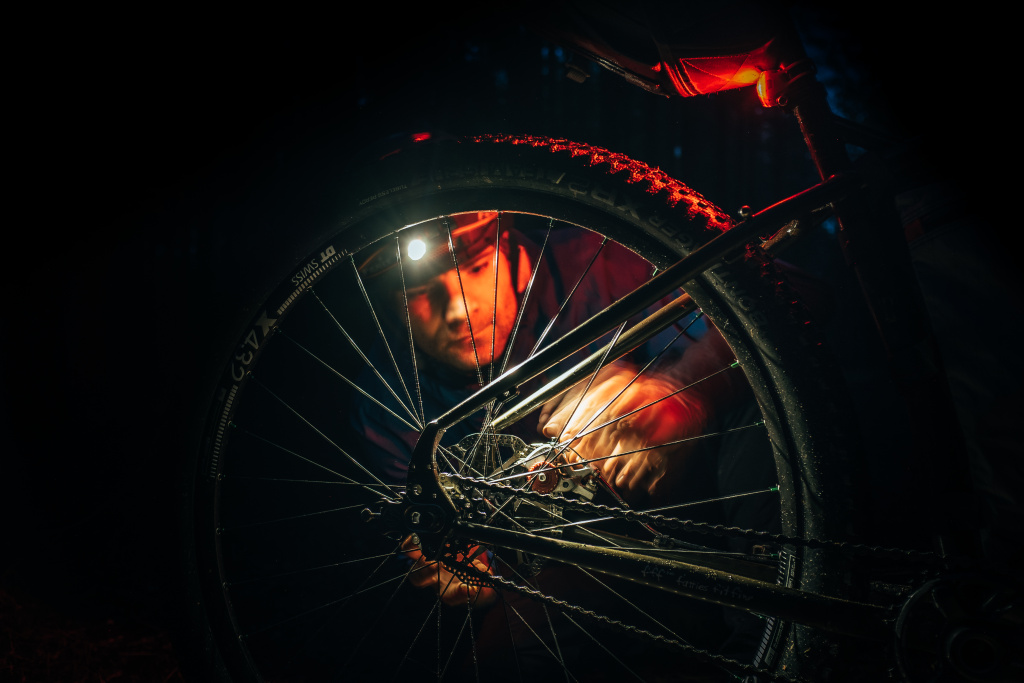
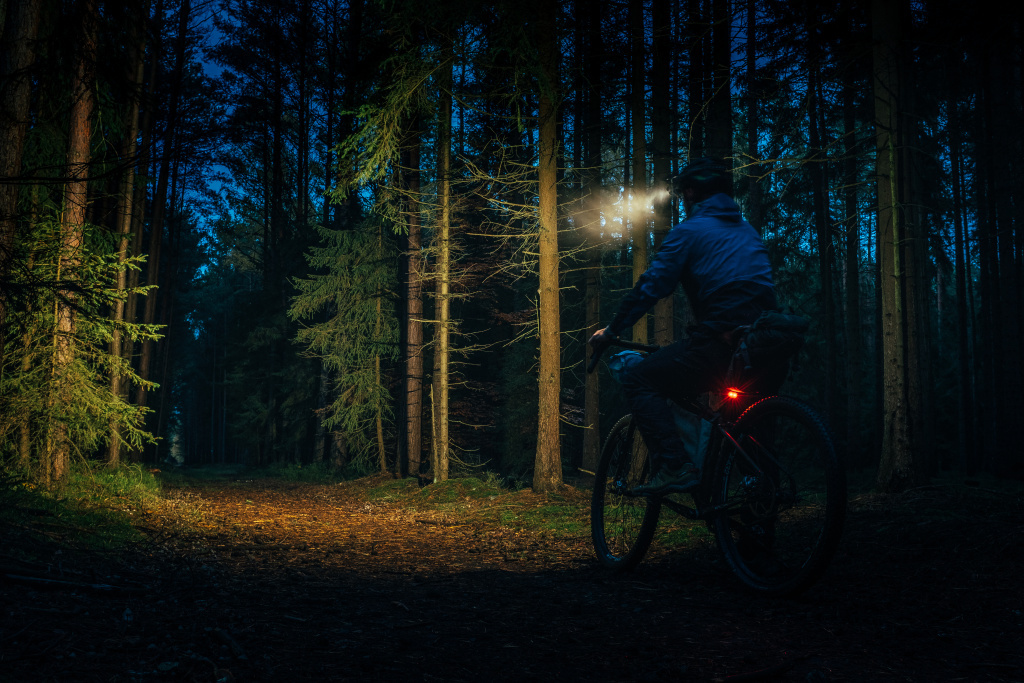

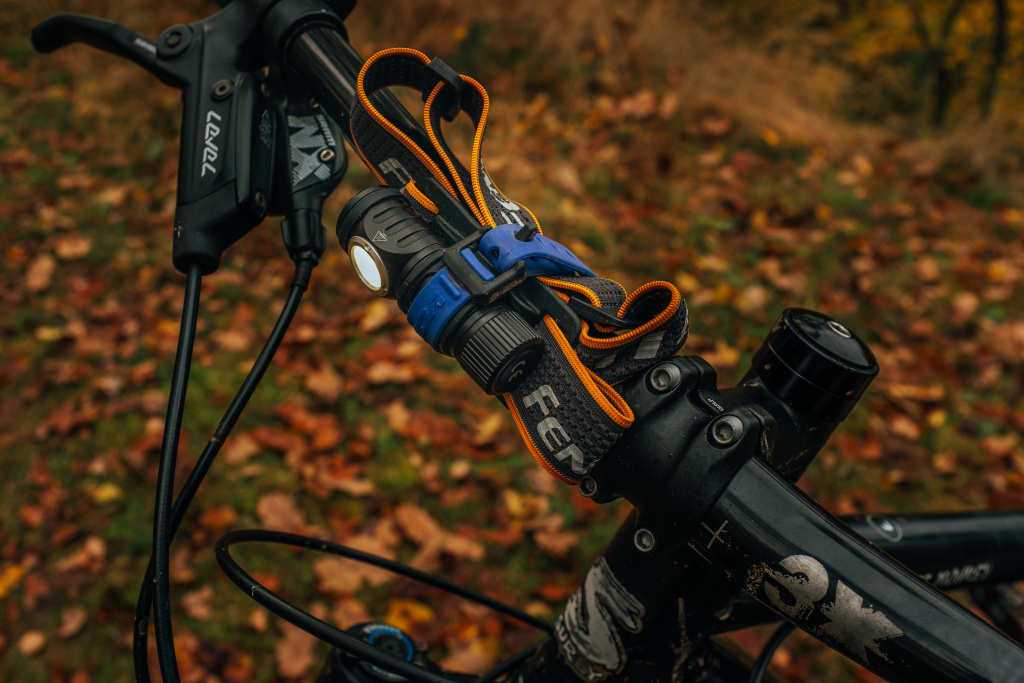
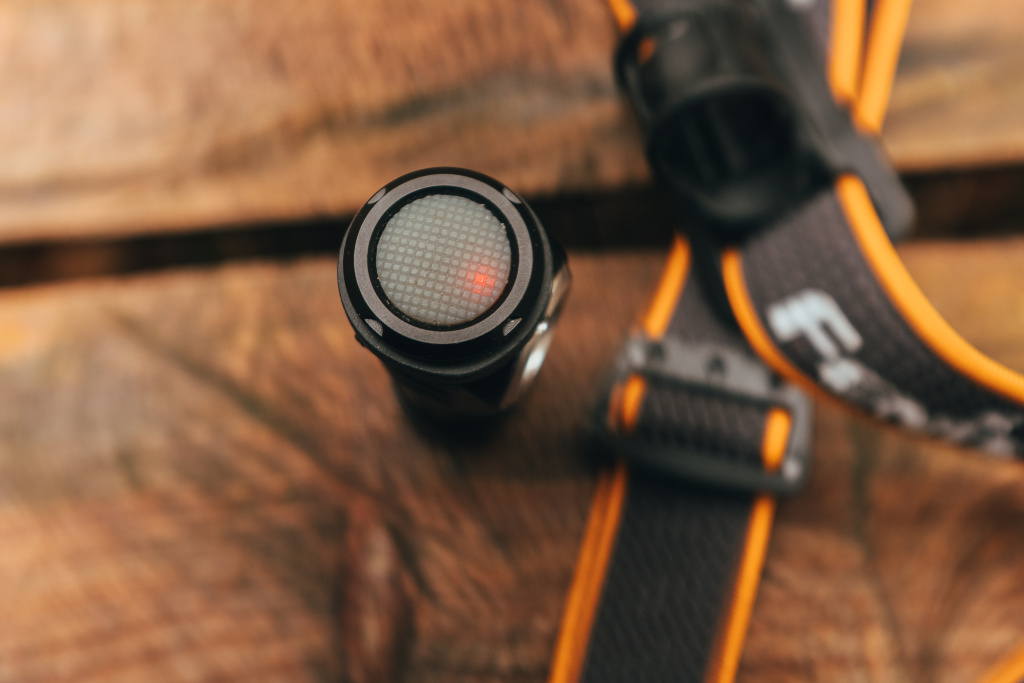
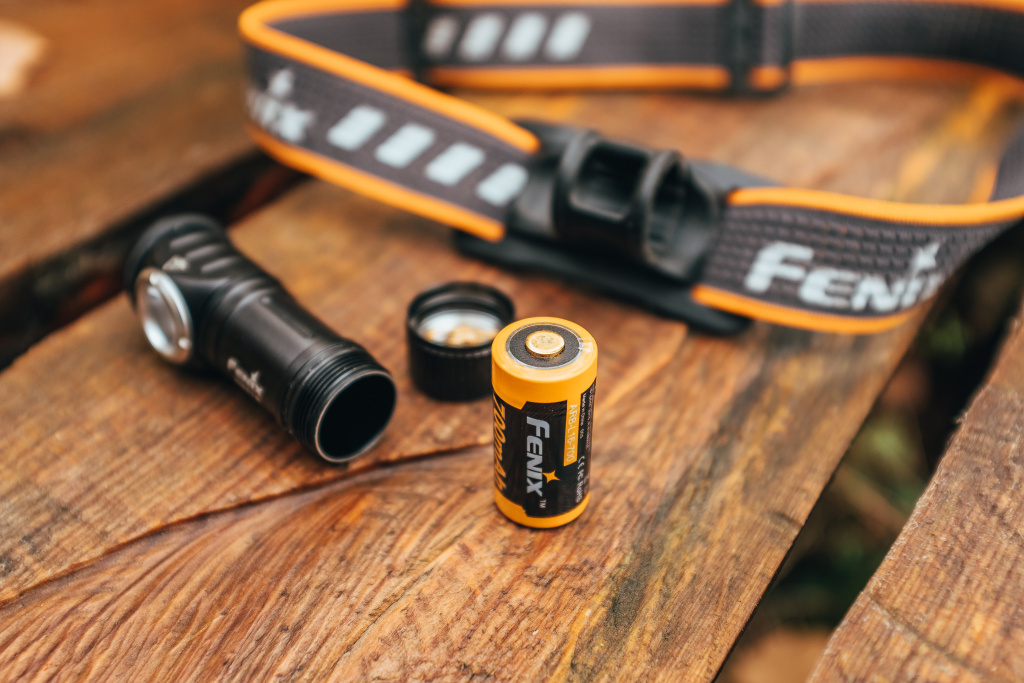
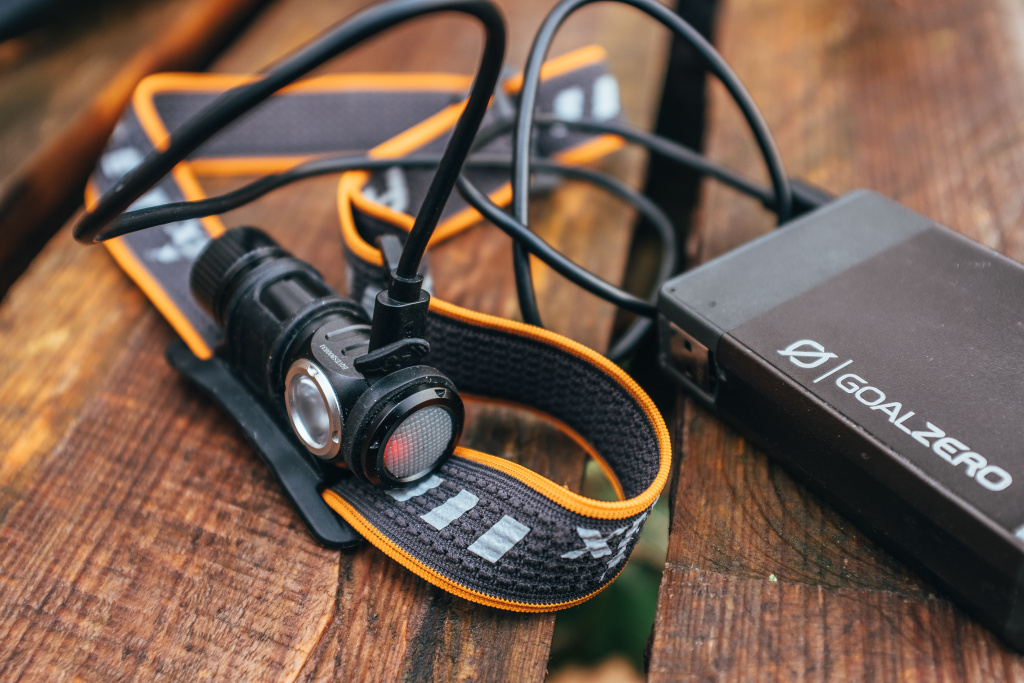
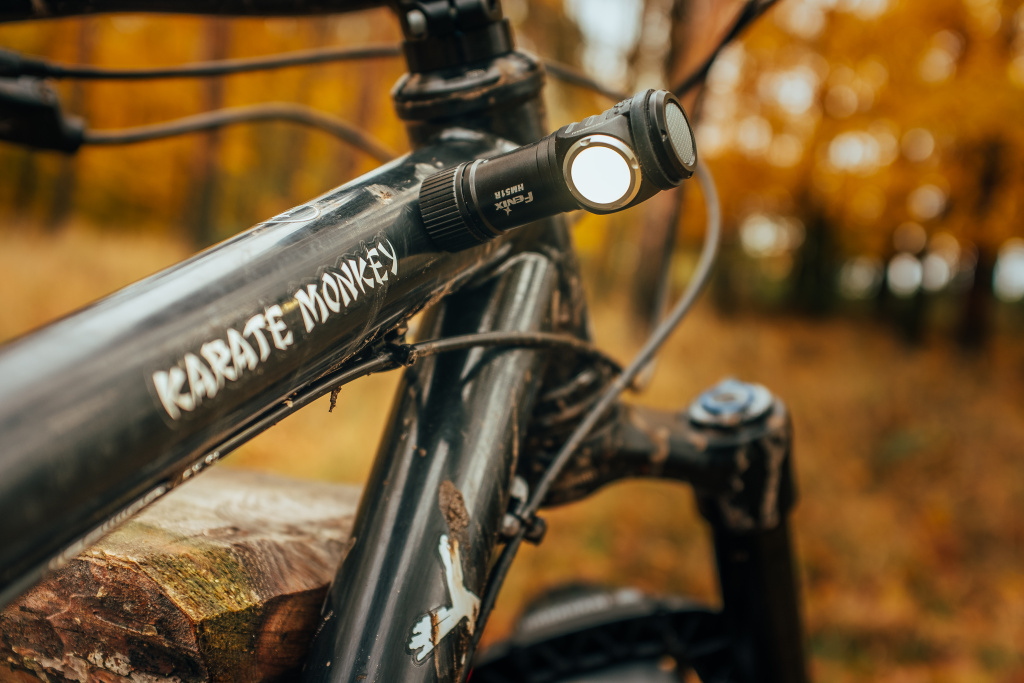
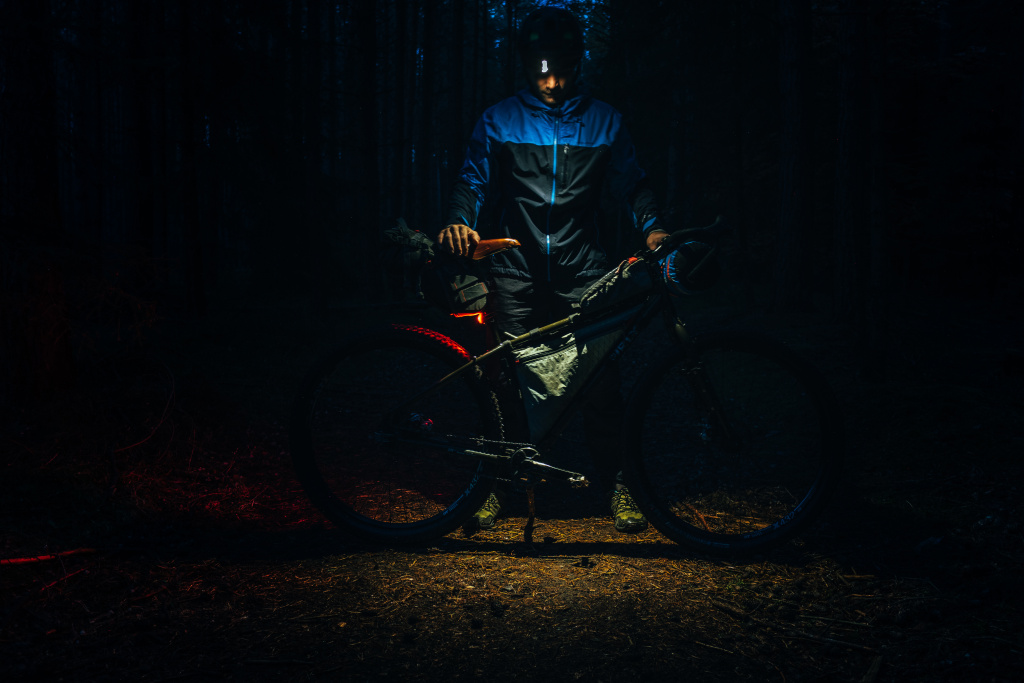

Discussion